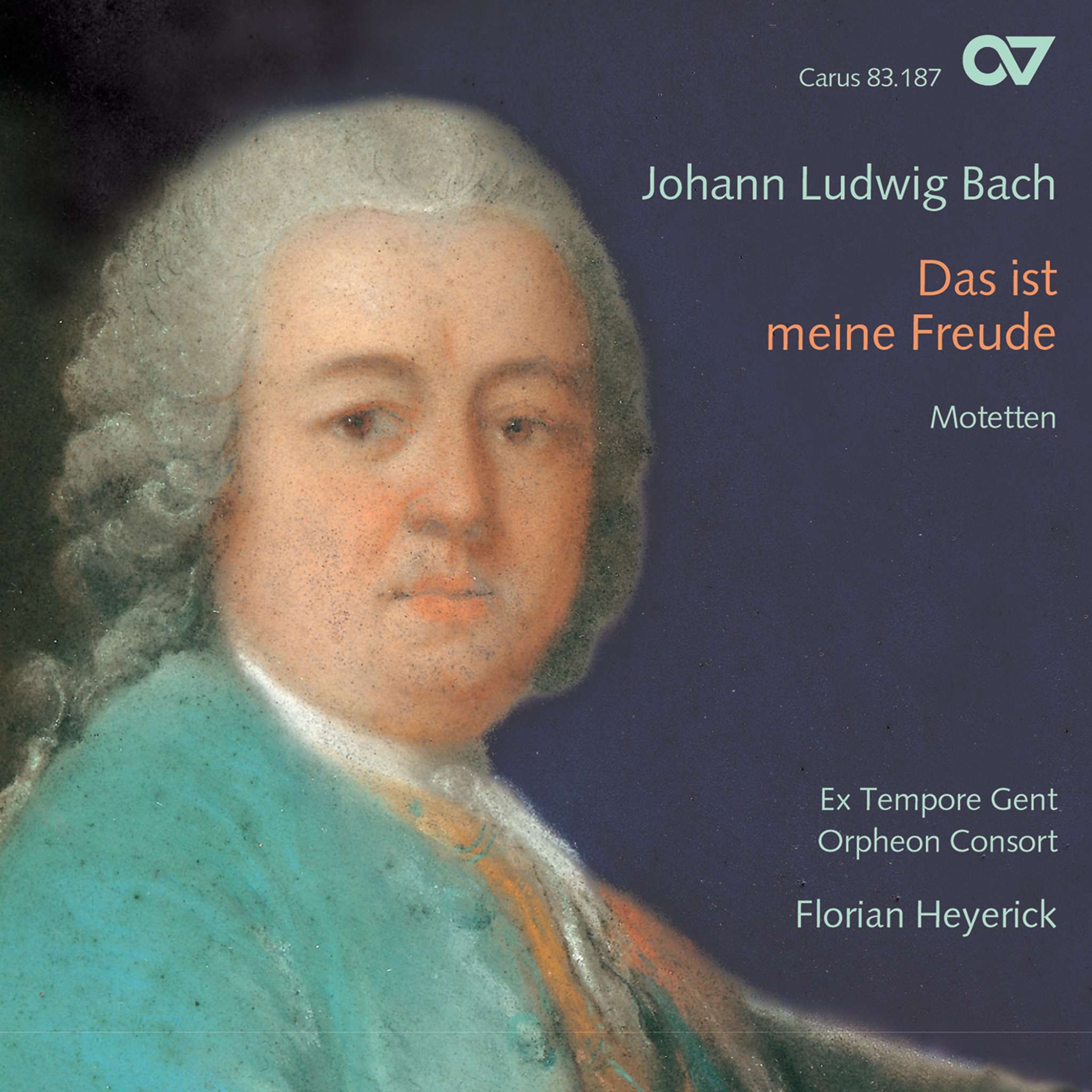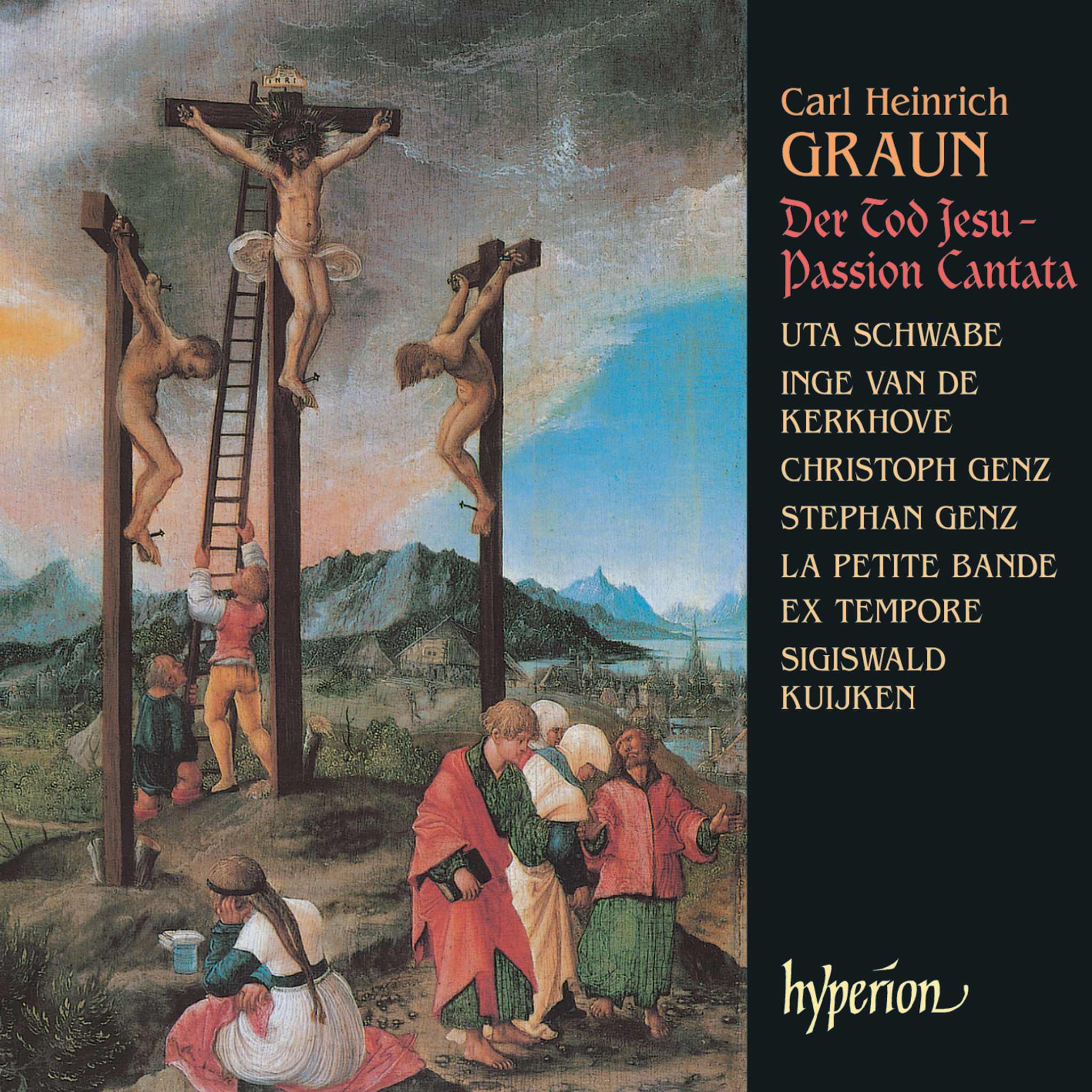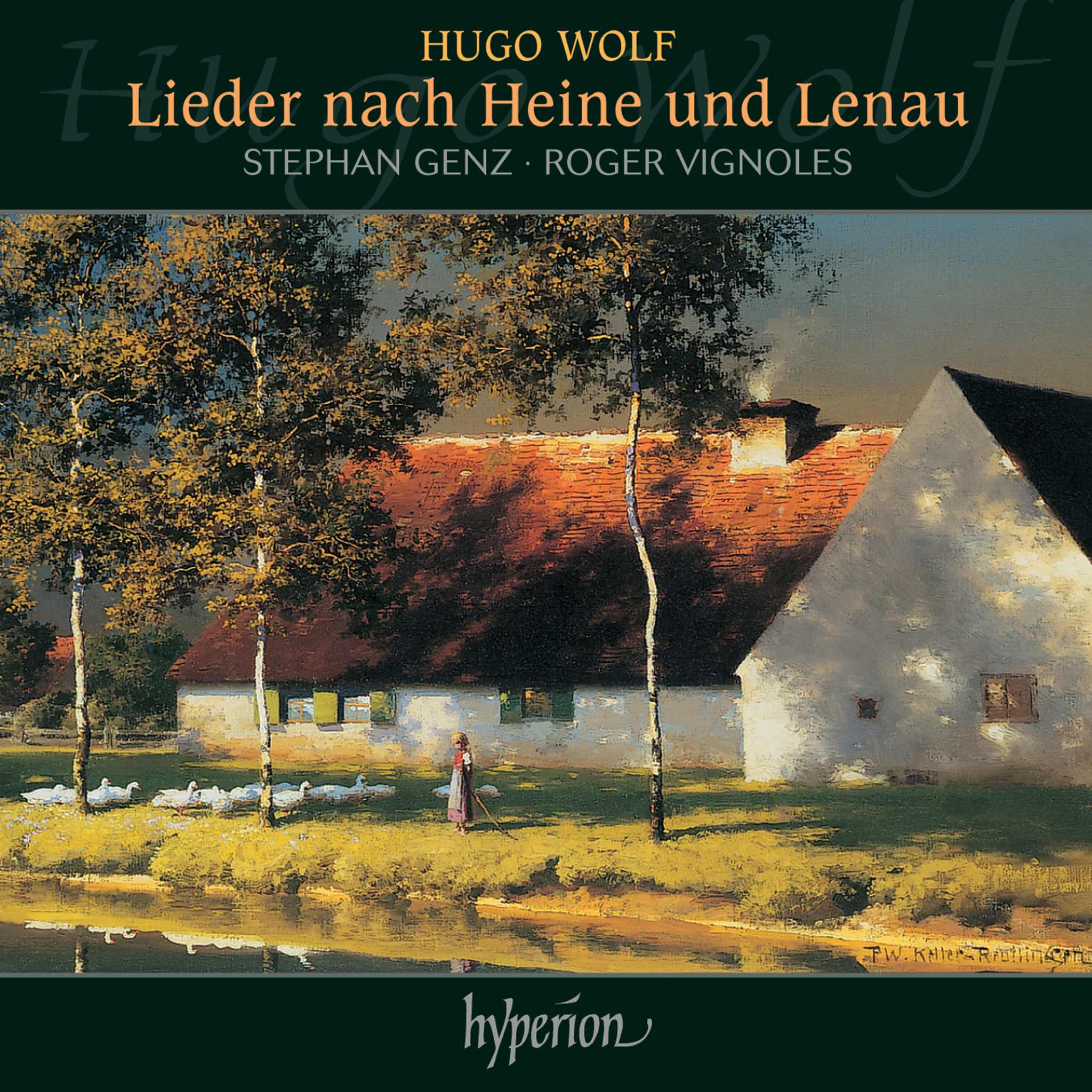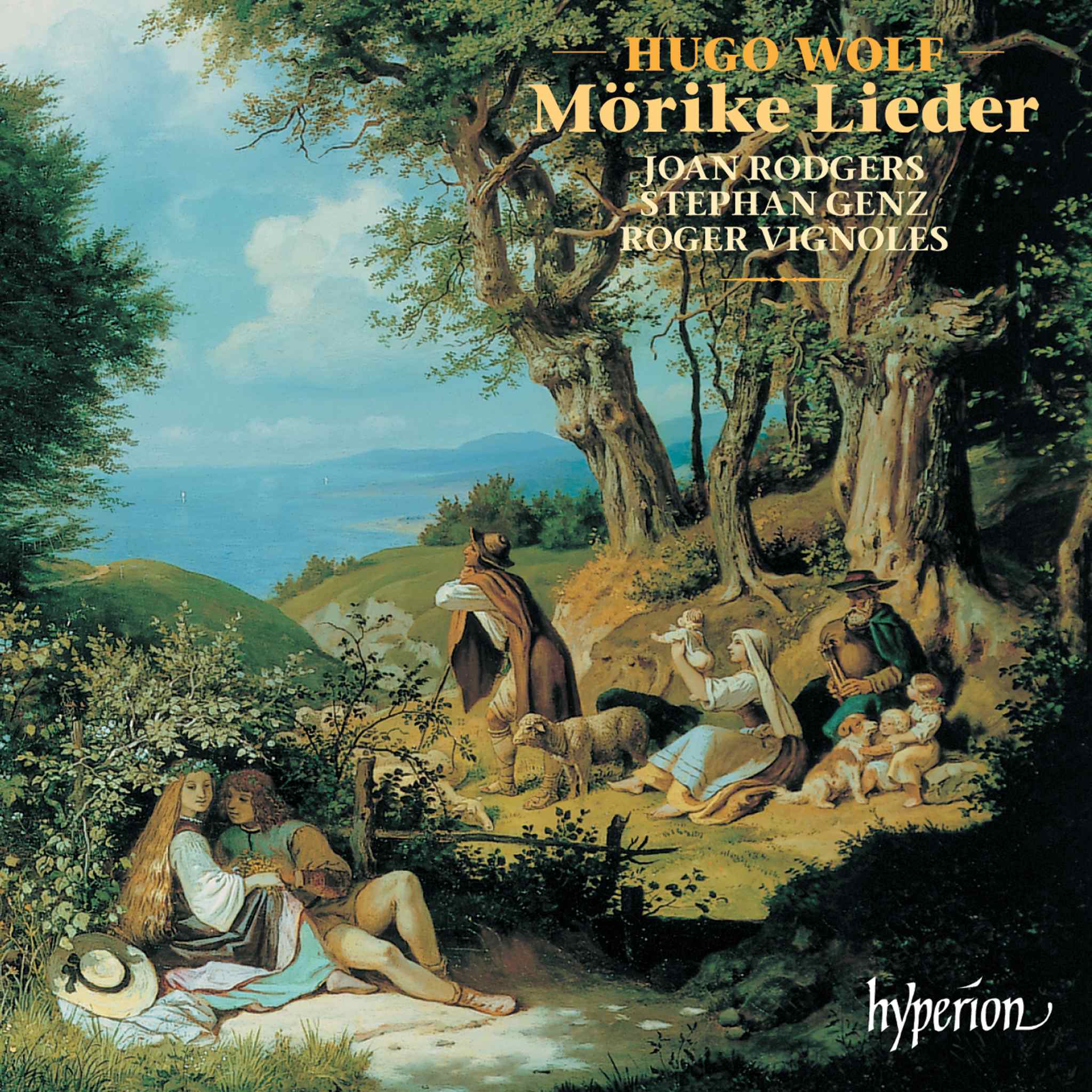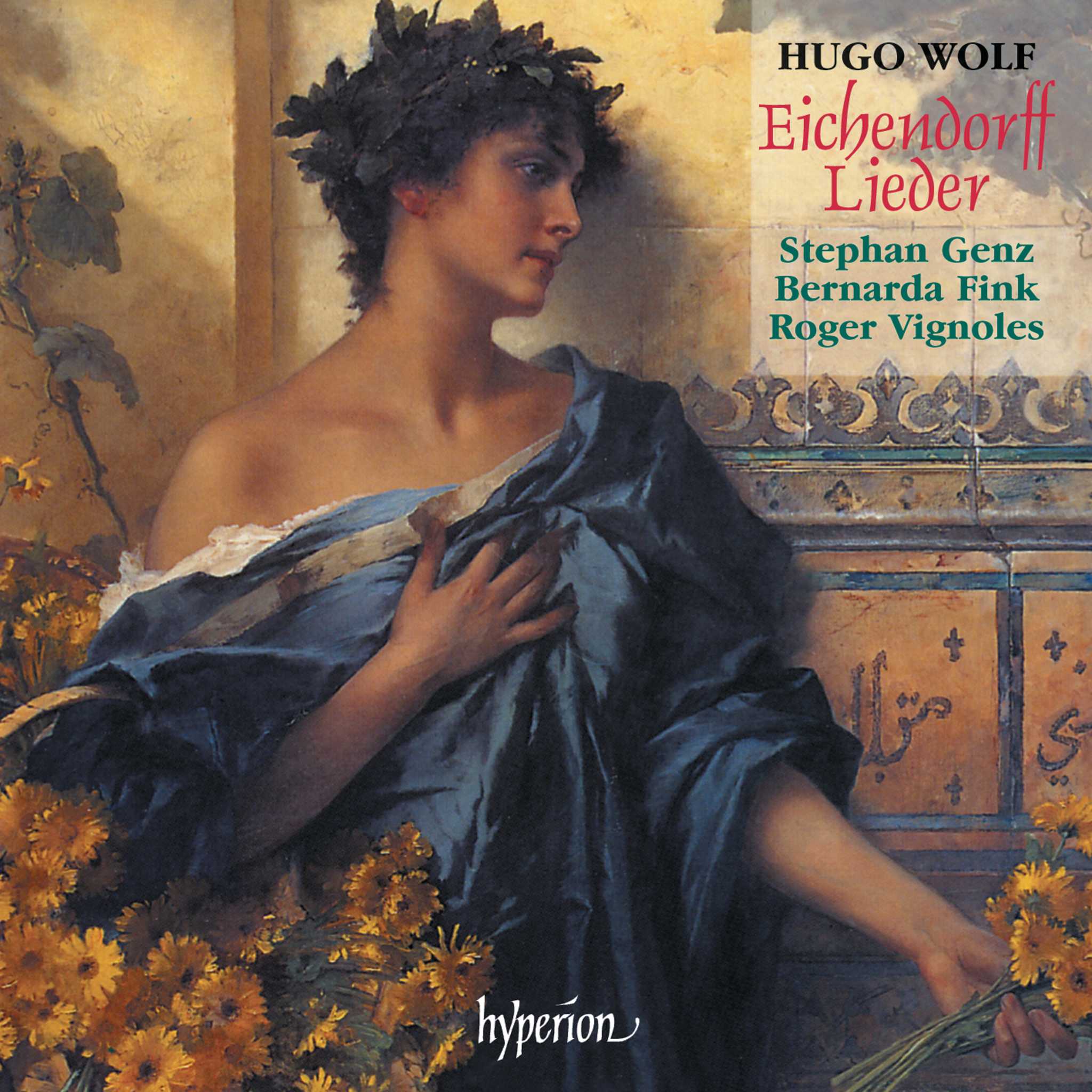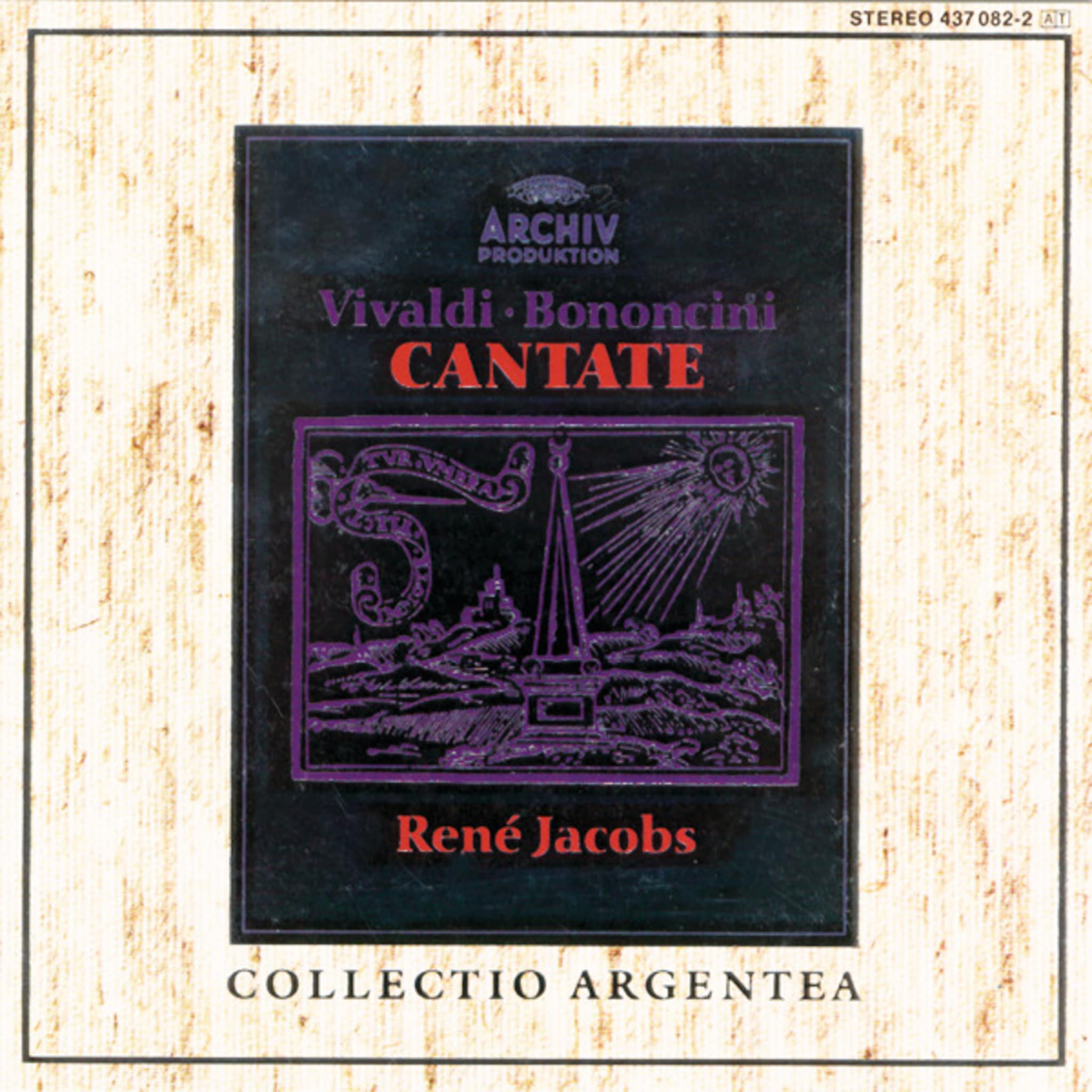Album insights
Schumann focused almost exclusively on the piano until his thirtieth birthday, composing most of his well-known solo works within a decade from 1830 to 1839. In 1840, the year he married Clara Wieck after a lengthy legal battle with her father, he expanded his scope to include the realm of songs, producing an unusually large number of them as a fervent tribute to his bride. The following year, he made his initial forays into orchestral composition, completing his first two symphonies, the Ouverture, Scherzo, and Finale, and the first movement of what would later crystallize into his Piano Concerto in A minor. It was only after acquiring this experience that he turned to chamber music in 1842.
Schumann's chamber music pursuits in 1842 were met with challenges. Amid an unhappy tour that Robert and Clara started in February, Robert's depressive state became evident, leading him to cut the tour short and return to Leipzig after just three weeks. Clara continued alone on the tour, gaining international acclaim as a piano virtuoso. Despite Clara not including much of Robert's music in her repertoire during that troubling tour, she later made up for it by frequently performing his most popular chamber music piece, the Piano Quintet in E-flat major, op. 44.
Clara could have alleviated the tension during their 1842 tour by selecting Robert's music for performances, but she opted for pieces by other composers. Even though Robert felt somewhat neglected, Clara compensated for it in later years, showcasing the Piano Quintet extensively during their 1844 concert tour in Russia. The Quintet's introduction, characterized by wide melodic intervals, sets an exciting tone, leading into the second theme featuring smooth ascending and descending scales passed between instruments. The work's central mysterious passage in the first movement hints at later developments, a technique seen in other Schumann compositions and emulated by Mahler in his symphonies.
The Quintet's second movement, though not a funeral march, evokes a procession with its various appearances and contrasting episodes. The sparkling Scherzo features quick runs in both directions punctuated by full chords. Schumann's inclusion of two trio sections, the first a gentle canon and the second more vigorous and fully orchestrated, prepares the listener for the intricate contrapuntal fabric of the finale. The final movement's harmonic shift to a "foreign" key enhances its weight, leading to a jubilant conclusion with a double fugue intertwining the main themes from the first and last movements.
Schumann's focus on chamber music in 1842 began with promising ideas for a quartet, leading to intense study of Haydn's and Mozart's quartets. He swiftly composed his op. 41 quartets—a dedication to Mendelssohn—and presented them to enthusiasts like Mendelssohn and David, the concertmaster under whom they were first performed. Schumann’s quartets exhibit influences from Mozart and Beethoven, with unique variations and thematic elements displaying his distinctive style.
Schumann's endeavors in chamber music in 1842 revealed a composer evolving and experimenting with form and expression, laying the groundwork for future generations of musicians and composers.



